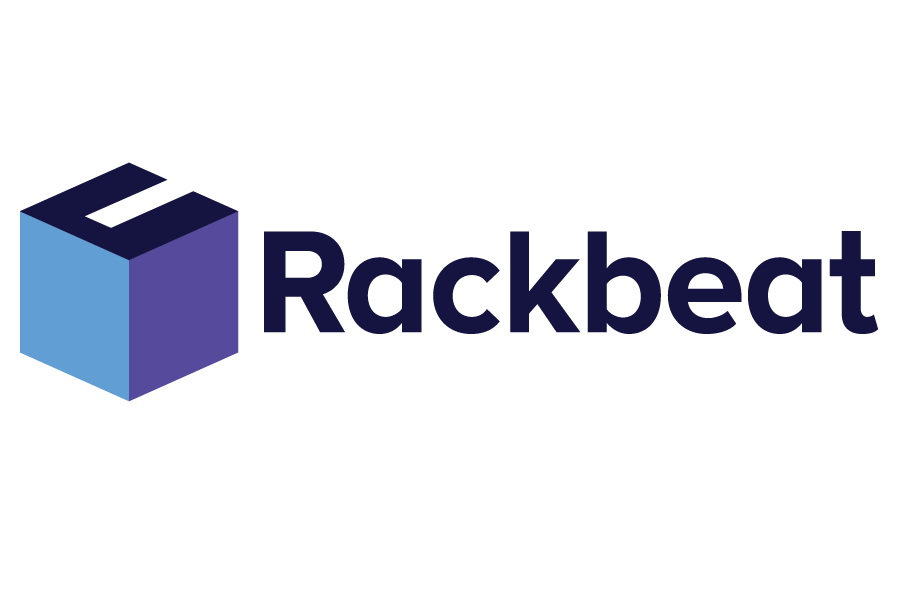Contribution Margin
The contribution margin is the amount you have left from your revenue after subtracting variable costs – typically the purchase price and other direct costs related to selling a product. In other words, it shows how much a product contributes to covering your company’s fixed costs and ultimately generating profit. The contribution margin is one of the most important financial metrics in inventory management, purchasing management, and pricing – and it’s essential if you want to work with concepts like ABC classification (profitability).
Rackbeat October 17, 2025
How to Calculate Contribution Margin
The formula is simple:
Contribution Margin = Sales Price – Variable Costs
In practice, it’s often calculated like this:
Contribution Margin = Sales Price – Purchase Price (or Cost Price)
Example:
If you sell a product for DKK 500, and it cost you DKK 300 to purchase, your contribution margin is DKK 200.
Why Is Contribution Margin Important?
The contribution margin tells you how profitable a product really is – not just how much it sells for. Many businesses fall into the trap of focusing on revenue instead of profit. But the products that sell the most are not always the ones that make the most money.
A product with high sales volume but a low contribution margin can ultimately be less valuable to your business than a slower-selling product with a higher margin.
By keeping track of your contribution margin, you can make sharper, data-driven decisions across your operations. It’s used to:
Identify which products are most profitable
By monitoring contribution margins, you can quickly spot which products actually generate profit – not just turnover. This allows you to focus your resources on items that truly strengthen your bottom line instead of wasting time and storage space on low-margin products.
Optimize your purchasing decisions
When you know the contribution margin of your products, you can make better decisions about which items to restock and which to phase out. You can also negotiate better with suppliers if you understand which cost prices are dragging your margins down – ensuring a more profitable purchasing management process.
Ensure accurate pricing
Your pricing shouldn’t just be based on competitors or market trends – it must also ensure that you make a profit. The contribution margin lets you analyze whether your prices cover your costs and still generate profit. If not, it’s time to adjust your prices or find cheaper suppliers.
Support strategic decisions such as ABC classification
An ABC classification based on profitability requires a solid understanding of your products’ contribution margins. That’s what separates a simple, turnover-based classification from a smarter and more profitable approach.
When you know which products have a high contribution margin, you can categorize and prioritize them more strategically.
Gain an overview of which products to prioritize in inventory and order management
When you know which products generate the highest contribution margins, you can make sure these items are always in stock, picked quickly, and prioritized in your order management. This prevents your most valuable products from ending up on backorder or being overlooked in your warehouse optimization.
In short, the contribution margin is a cornerstone of a healthy business. It ensures that your decisions are based on profitability – not just sales volume – and gives you the insight to get more value out of your inventory, purchases, and sales.
Contribution Margin and Rackbeat
When you use Rackbeat for your inventory management, you get instant access to your products’ contribution margins directly in the system. You can add cost prices, track sales prices, and view the contribution margin per order or product – so you always know which items truly create value for your business.
This makes it much easier to:
Work actively with profitability
Identify underperforming products
Adjust prices or cost prices continuously
Support smarter decisions in both purchasing management and ABC classification
Summary
Contribution margin shows how much a product earns after subtracting its direct costs. It’s a key financial metric for any trading company and a crucial factor in making data-driven decisions regarding inventory, purchasing, and sales. With Rackbeat, your contribution margins are right at your fingertips – seamlessly integrated into your workflow.
Want More Inventory Management Tips?
Sign up for our newsletter and get tips, tools, and guides for smarter inventory, purchasing, and order management – delivered straight to your inbox. Subscribe to the newsletter here:

